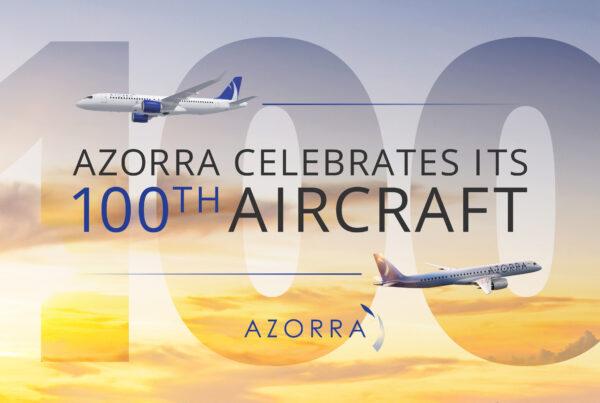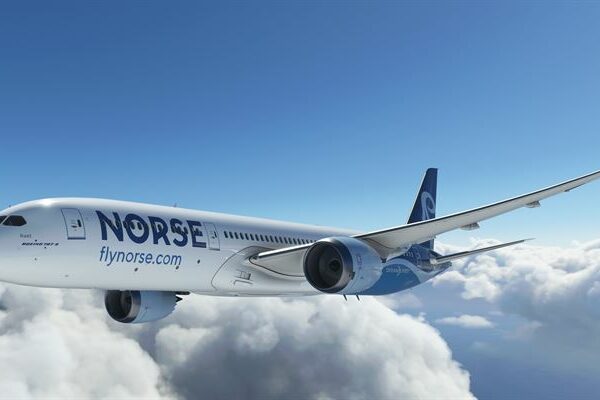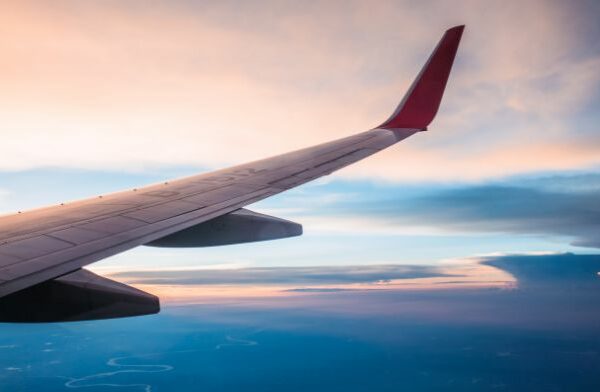Flybe is to focus on the Bombardier Q400 aircraft type as the ‘backbone’ of its fleet for the foreseeable future following a comprehensive review of regional aircraft options.
The airline concluded after the review that the Bombardier Q400 “is the best core aircraft” for the airline’s current and future requirements. Flybe said the Q400 was faster than alternative turboprops, with a performance close to that of a jet aircraft over the distances the carrier operates. The airline also highlighted the aircraft’s “turboprop fuel efficiency” and a smaller noise footprint.
Flybe will continue to operate a number of Embraer E175 jets for longer or busier routes, and the airline still has a heritage order for four Embraer E175s due in 2019 that will be delivered with new ‘winglet technology’, which the airline say will help reduce fuel consumption. Aside from these, however, Flybe is not planning any additional new aircraft orders.
The airline’s strategy is to reduce its overall fleet and to concentrate on profitable routes only. In the past 12 months, it handed back six older end-of-lease Q400s, with a further planned handback of all nine of its existing E195 jets.
Flybe is aiming to reduce the size of its overall fleet from 85 at its peak in May last year to around 70 aircraft by 2020.
The carrier’s Q400 fleet has an average age of just over 10 years, and so the airline will retain its remaining Q400 aircraft, and where economic, extend their service lives.
“Flybe’s strategy is to reduce the fleet size to an optimum level and make the business demand-driven rather than capacity-led,” said Christine Ourmières- Widener, CEO. “Our fleet configuration is an important part of that strategy. We examined exhaustively all the options and concluded the Bombardier Q400 is the best core aircraft for us. Its superior economy, speed and quietness is ideal for a regional airline such as ourselves. Together with a number of Embraer E175s, our future fleet will be the optimum required for our specific regional route network.”







